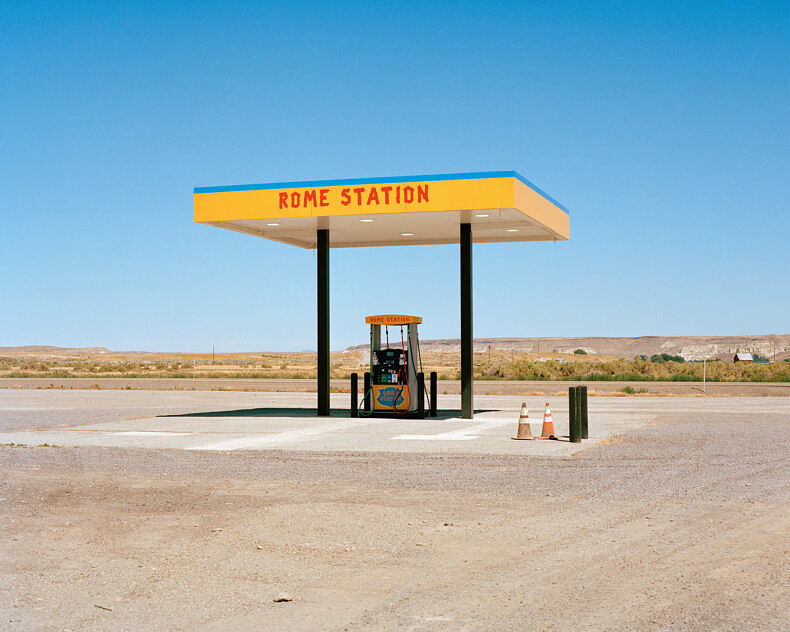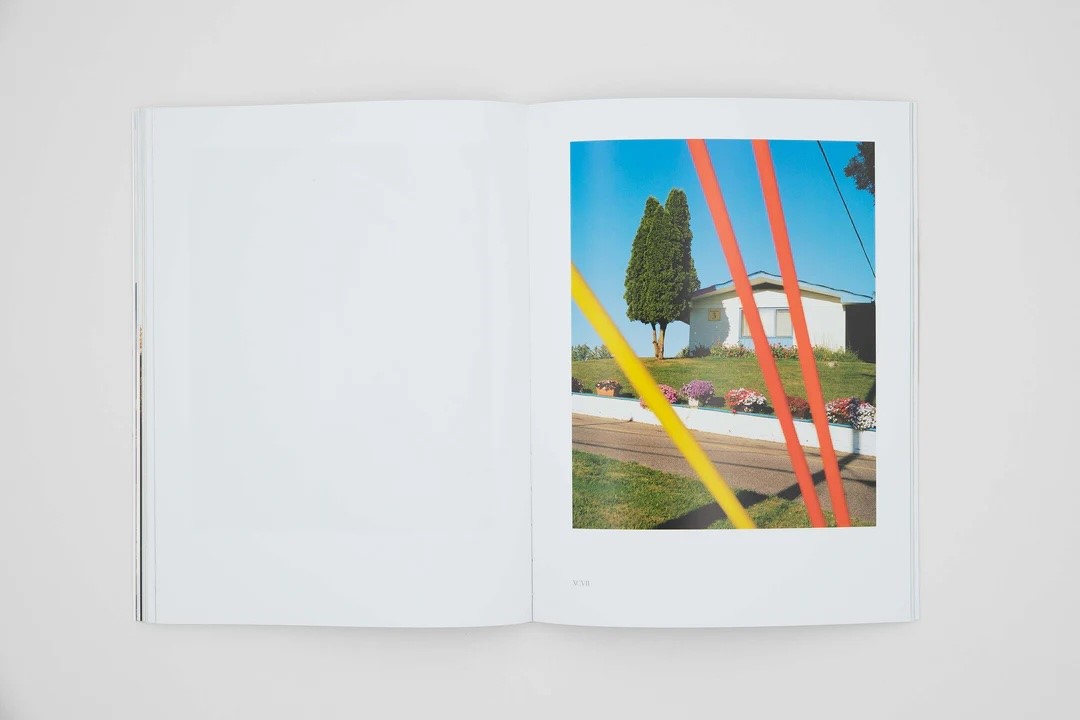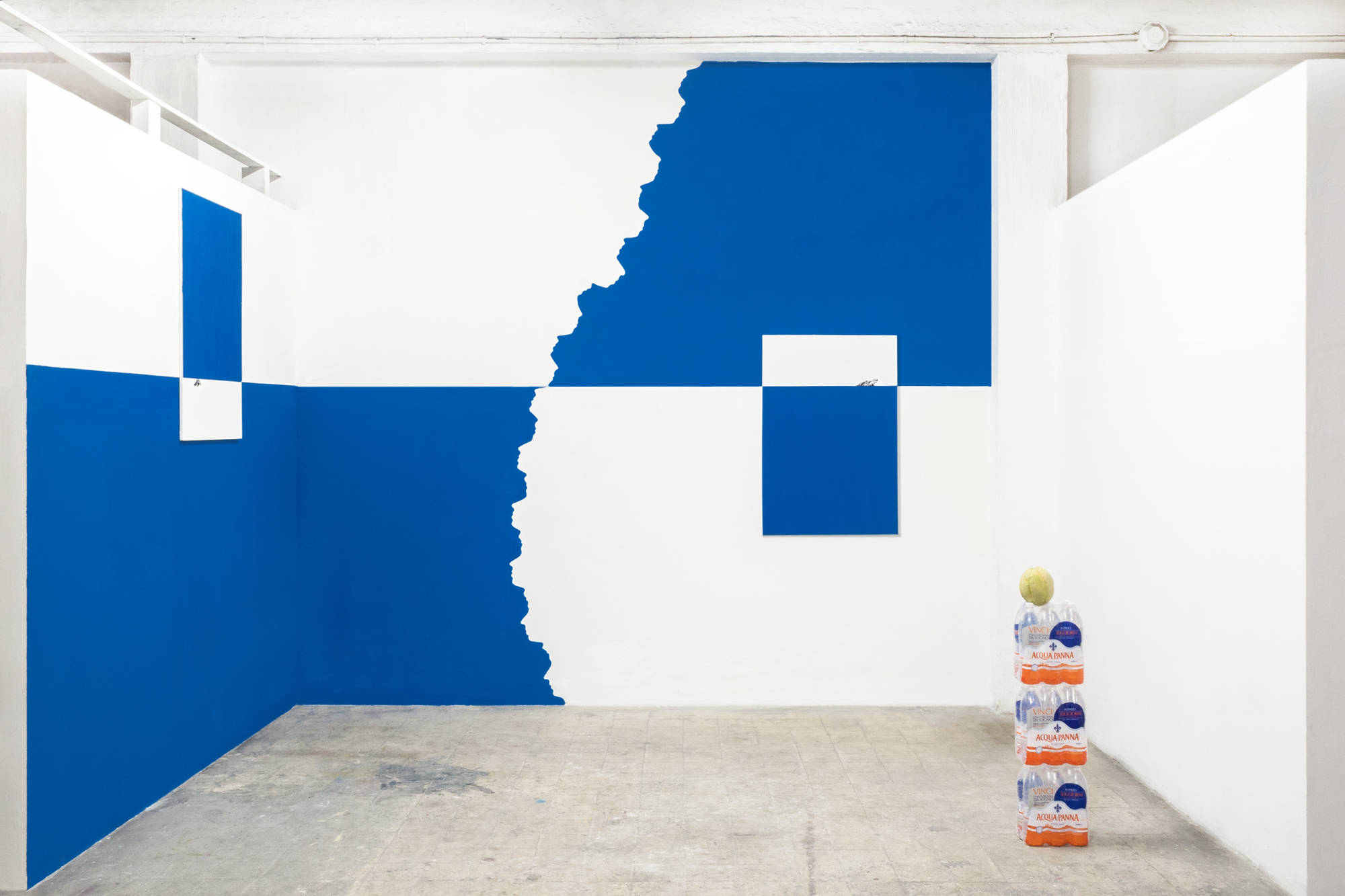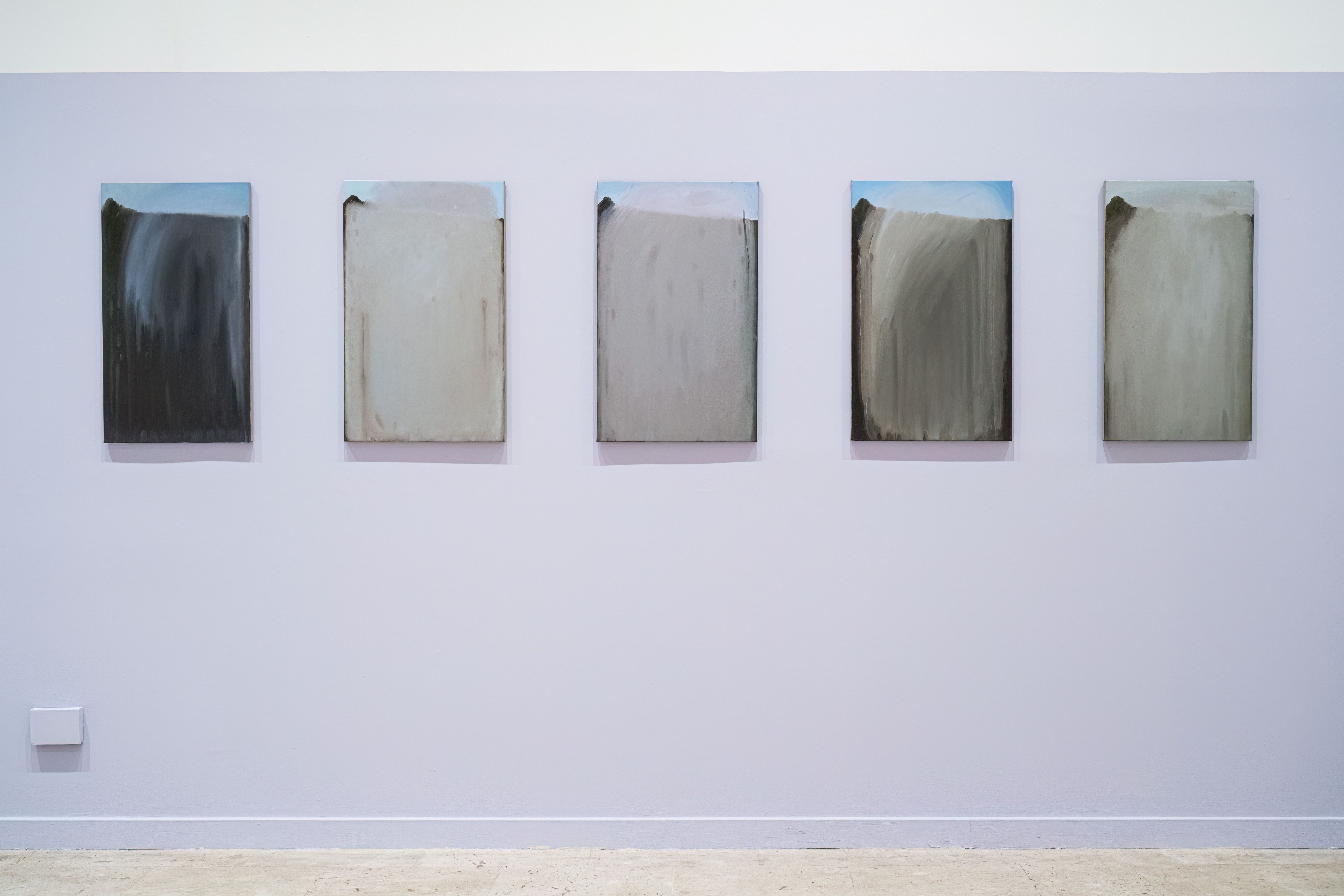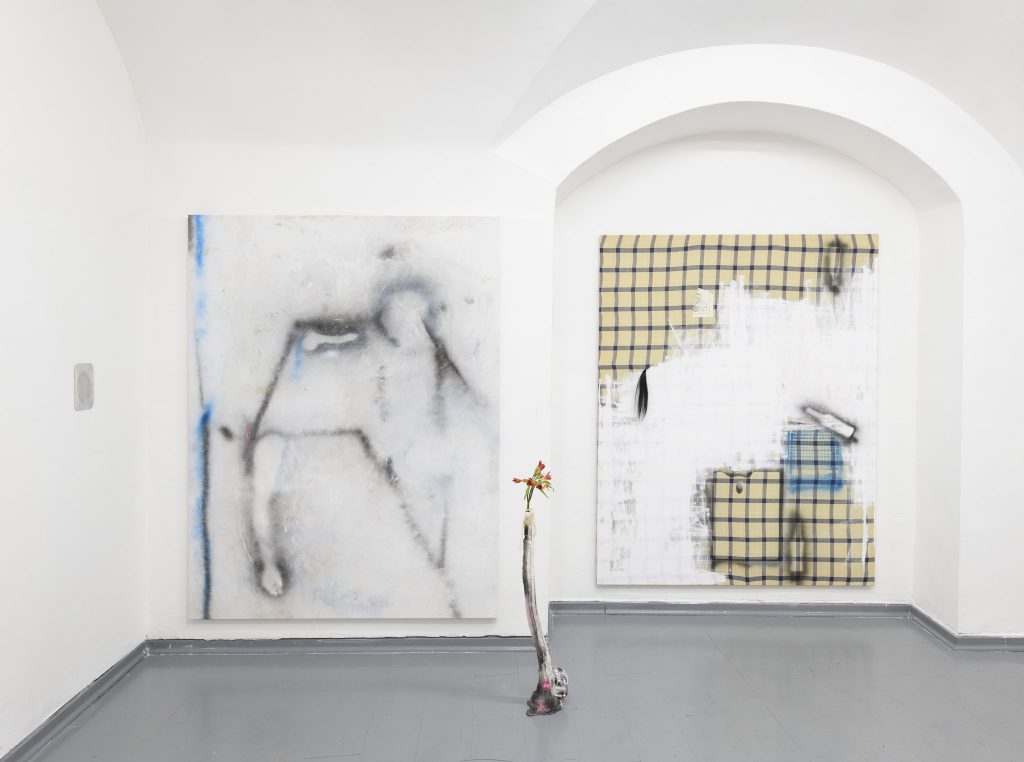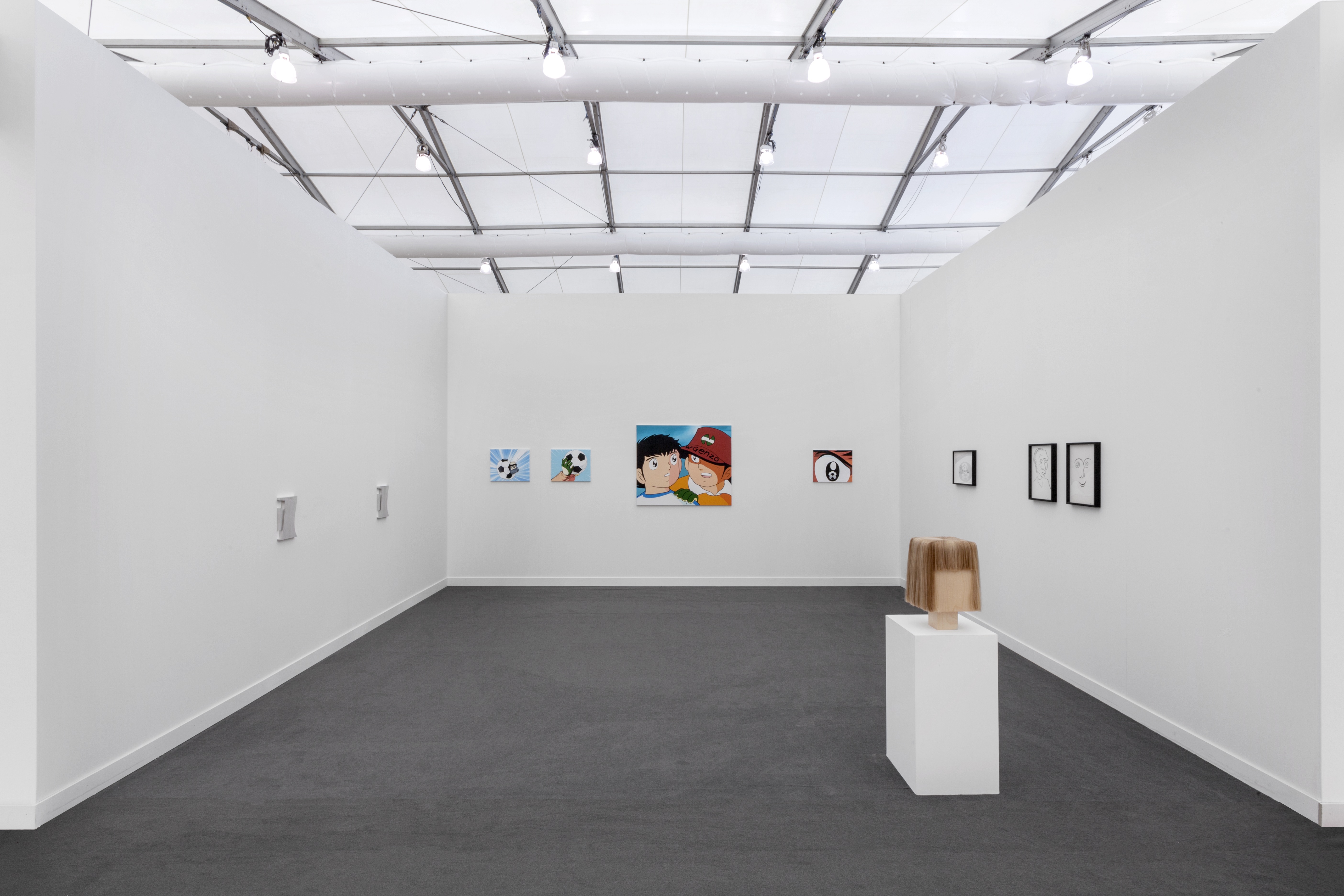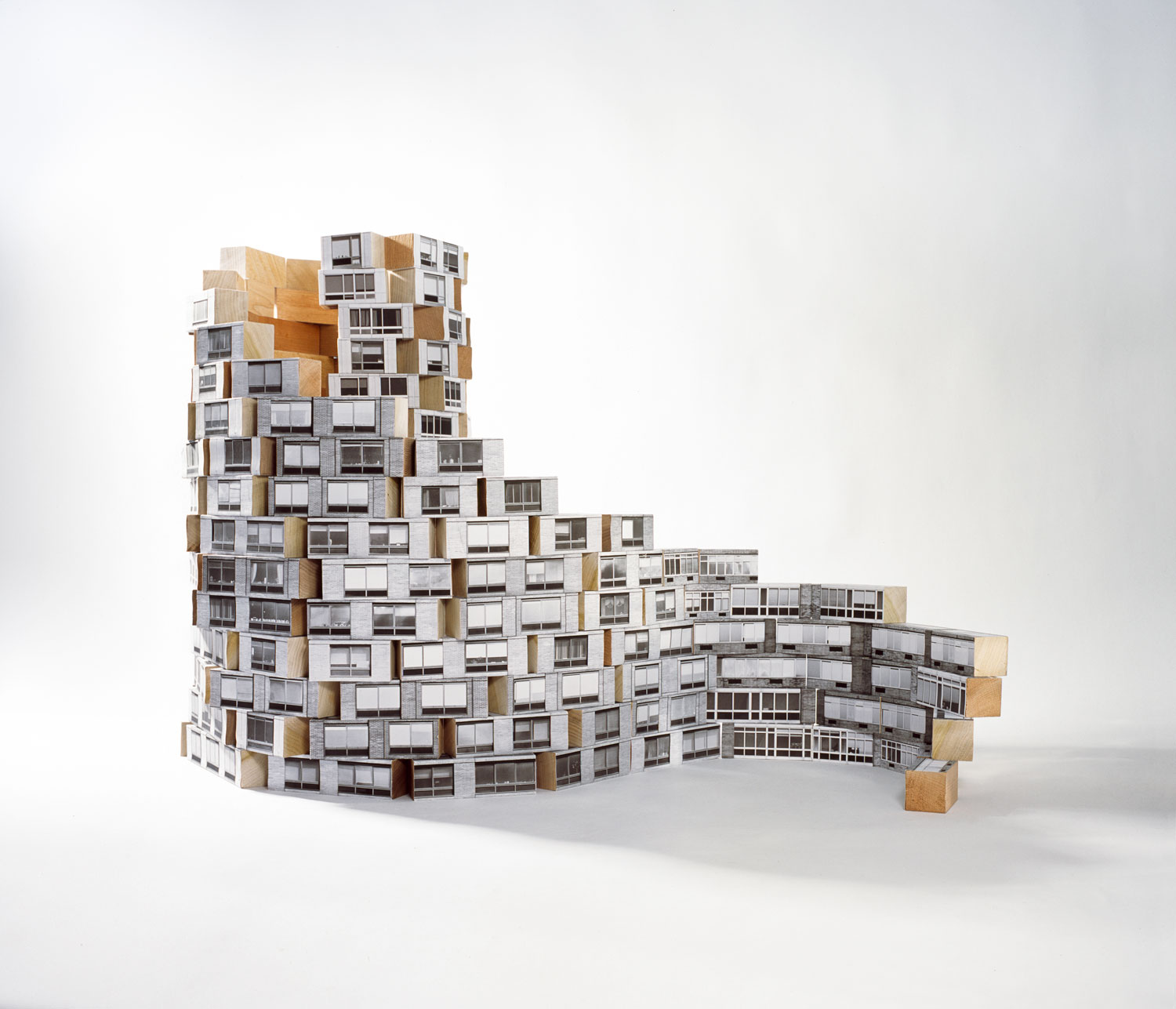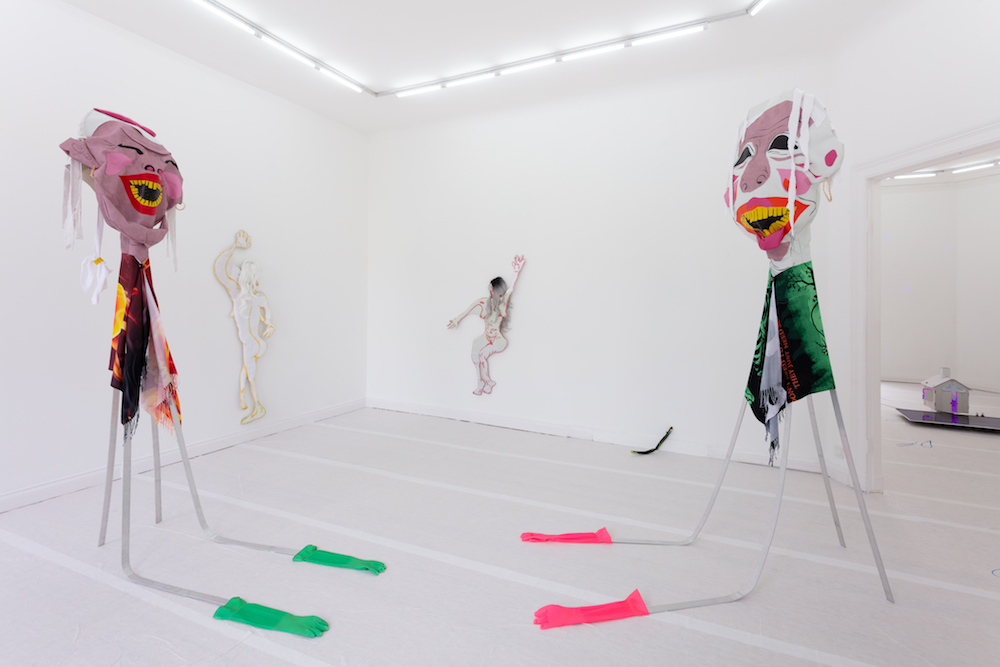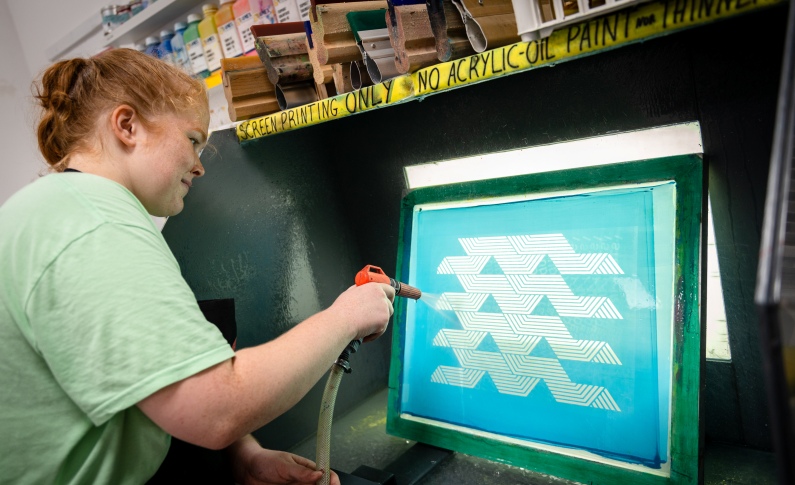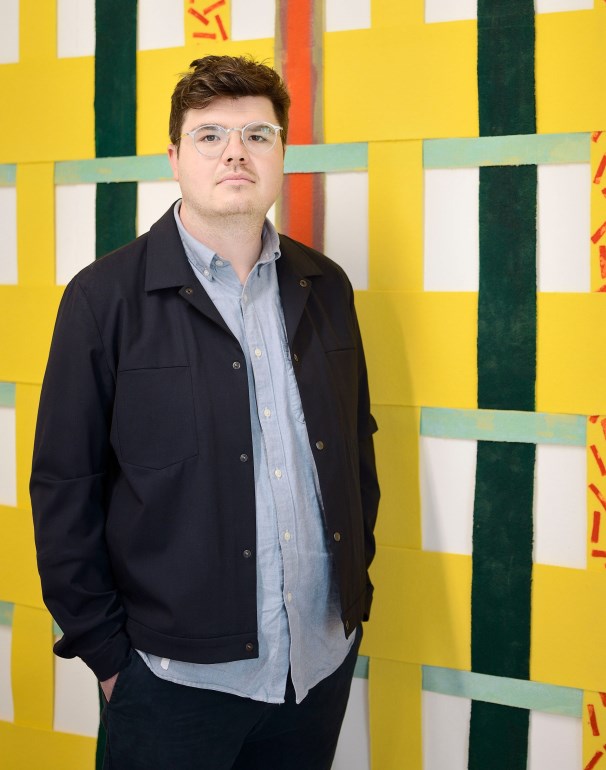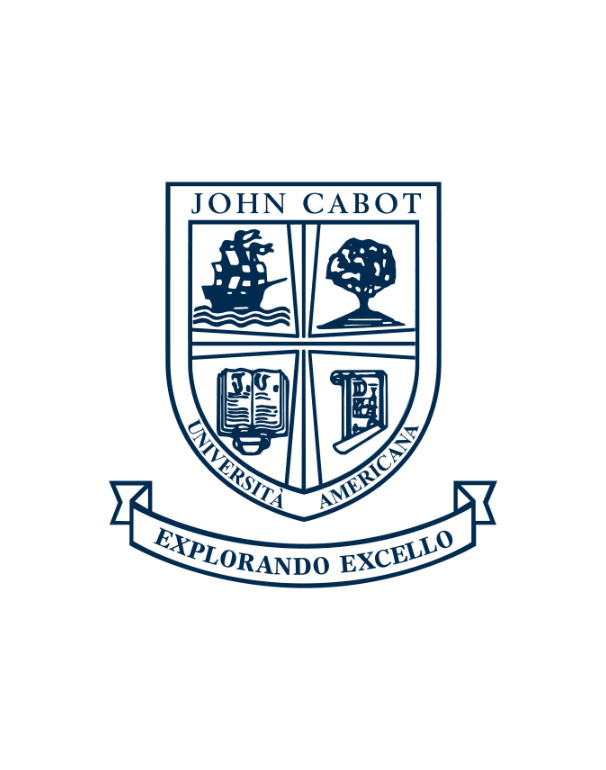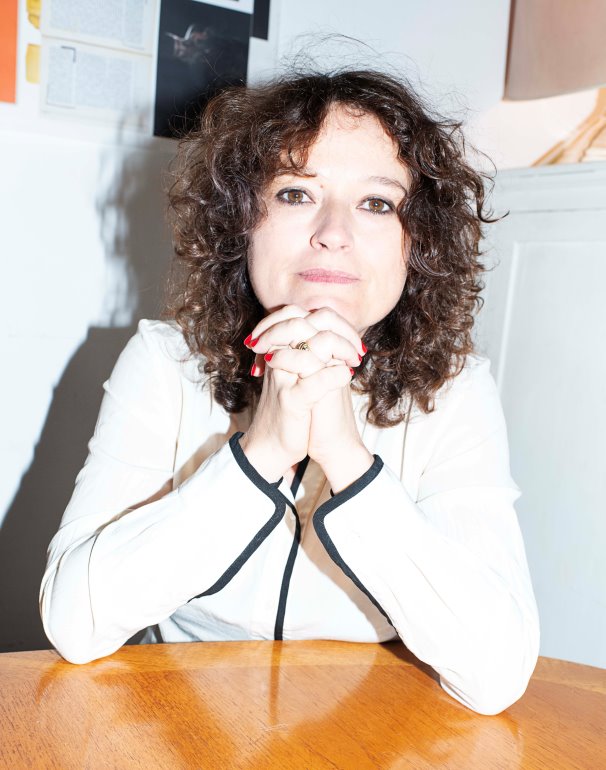Inside the Art and Design Program
Are you ready to turn your artistic vision into reality? The Art and Design degree program is crafted to inspire and challenge you with courses that blend technical expertise with artistic innovation. You will also be able to choose minors in fields like Business, Computer Science, Communication, or Psychology, broadening your perspective and creating work that speaks to diverse contexts.
Our liberal arts curriculum ensures that you sharpen your critical thinking while mastering important technical and conceptual skills. You'll take foundational courses and enrich your studies with specialized electives that focus on topics like branding, sustainable materials, video and art, and experimental drawing. At JCU you will find a wealth of possibilities to shape your degree path and match your career goals.
A. The Proficiency and General Distribution Requirements of the University (many of the Humanities and Fine Arts requirements will be satisfied by the core curriculum courses below).
B. Core Curriculum Five foundational courses provide a solid basis in 2D, 3D, and 4D approaches to making across Art and Design. This is supported by a required Art History course and COM 111, which will develop your ability to analyze contemporary visual culture.
The interdisciplinary Contemporary Art and Design Studio Practice will foster increased awareness of studio practice and your own individual research interests.
This will scaffold your learning to prepare you for AS 460 Research Methods and Practices and AS 480/l Senior Capstone Exhibition I and II. These courses total six credits and allow you the scope to develop an advanced body of work suitable for public exhibition.
- AS 102 Foundations of 2D Art and Design
- AS 260 Foundations of 3D Art and Design
- AS 262 Foundations of 4D Art and Design
- COM 111 Introduction to Visual Culture
- One Art History course
- AS 375 Contemporary Art and Design Practice-Onsite (Junior Standing)
- AS 382 Contemporary Art and Design Studio Practice l
- AS 385 Contemporary Art and Design Professional Practice (Junior Standing)
- AS 460 Research Methods and Practices (Senior Standing)
- AS 480 Senior Capstone Exhibition I (Senior Standing)
- AS 485 Senior Capstone Exhibition II (Senior Standing)
The University requires an overall minimum grade point average of 2.00 in all courses taken at JCU, with no more than two grades lower than C- in core courses.
C. Major Electives
Working with your advisor, you should create a coherent program of study that will support technical proficiency in your chosen media or area of interest.
- Six courses with the AS or DMA prefix. Two courses may be substituted with 200-level or higher AH, COM, CMS, CS, or CW courses.
D. General Electives sufficient to give a total of 120 credits.
John Cabot University strives to make your undergraduate experience seamless and stress-free. To help you finance your education, JCU provides merit-based scholarships, need-based grants, student loans, and more.
See our Financial Aid options
Whether you’re refining traditional techniques learned in class or experimenting with your personal artistic style, at JCU, you’ll have access to state-of-the-art resources and the latest tools. Our facilities are tailored to foster your development as an artist and designer, offering dynamic spaces for both collaborative and independent work.
The Art and Design Studios, housed in both the Sacchetti Building and JCU's New Campus, which is home to the Guarini Center for the Arts, are fully equipped for the widest variety of artistic practices and experimentation.
Drawing and Painting Studio
The Drawing and Painting studio offers a bright, spacious environment ideal for students to explore both traditional and contemporary techniques. Equipped with easels, drawing boards, and ample natural light, the studio supports experimentation with various traditional and non-traditional media.
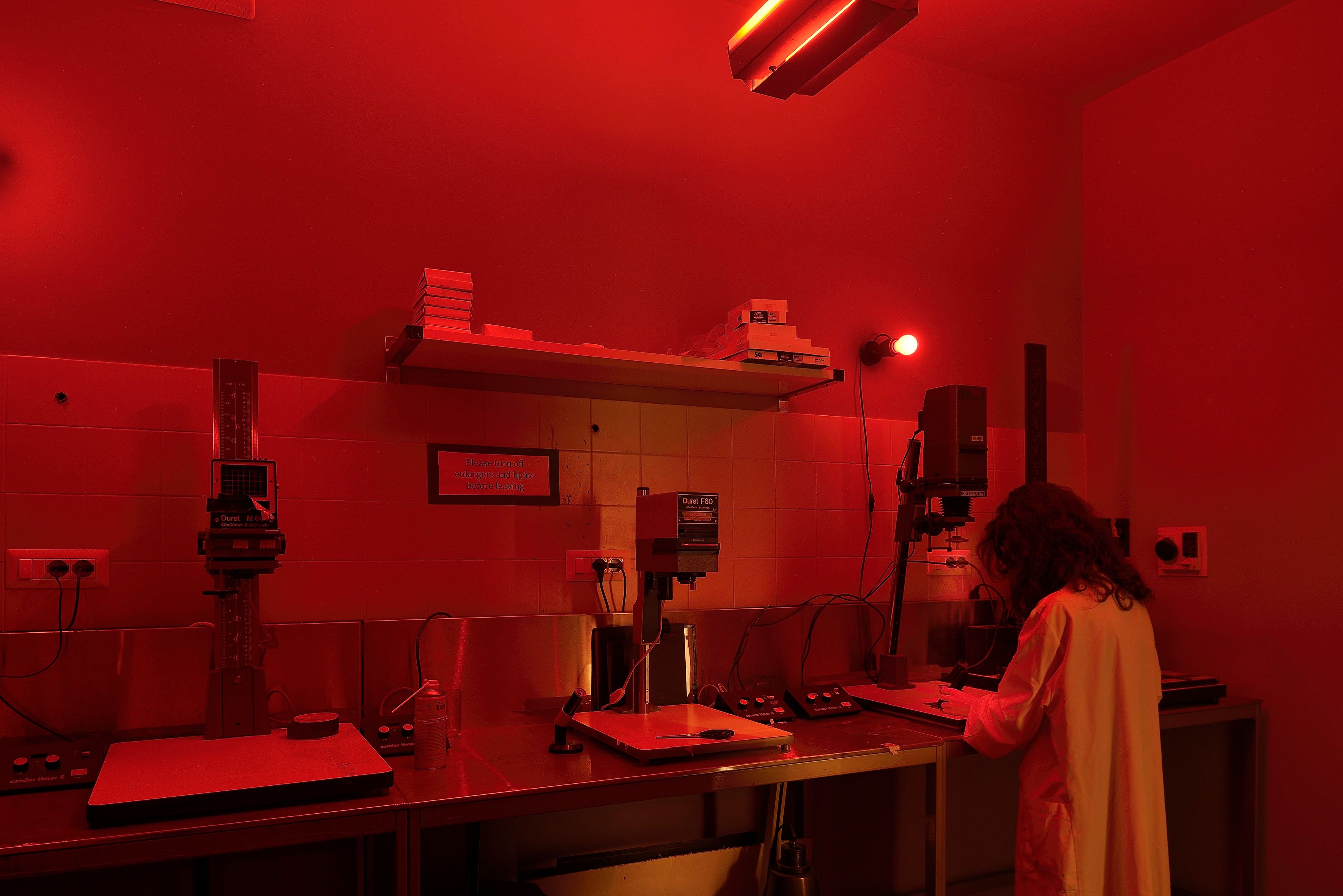 Photography Studio and Darkroom
Photography Studio and Darkroom
John Cabot University’s photography facilities support both digital and analog photography. The digital lab is equipped with high-resolution cameras, professional lighting, and advanced editing software, while the darkroom allows for black-and-white film processing. Additionally, the Photography Studio features professional film scanners, enabling students to digitize their film negatives with high quality for further editing or printing.
Graphic Design Labs
John Cabot University has multiple Graphic Design labs equipped with high-performance computers and industry-standard software such as Adobe Creative Suite. The labs emphasize book production, providing access to bookbinding equipment and cutting tools. Students explore a wide range of design fields, including branding, typography, web design, and interactive media, blending digital and print-based practices.
Printmaking Studio
The Printmaking studio emphasizes non-toxic processes and offers facilities for intaglio and relief printing, with two large presses and screen printing beds. The studio is equipped with an exposure unit for creating screens and photopolymer prints, along with a dedicated darkroom for these processes. Students explore both traditional and digital techniques, using hand-drawn and digital designs to produce creative and layered printmaking works.
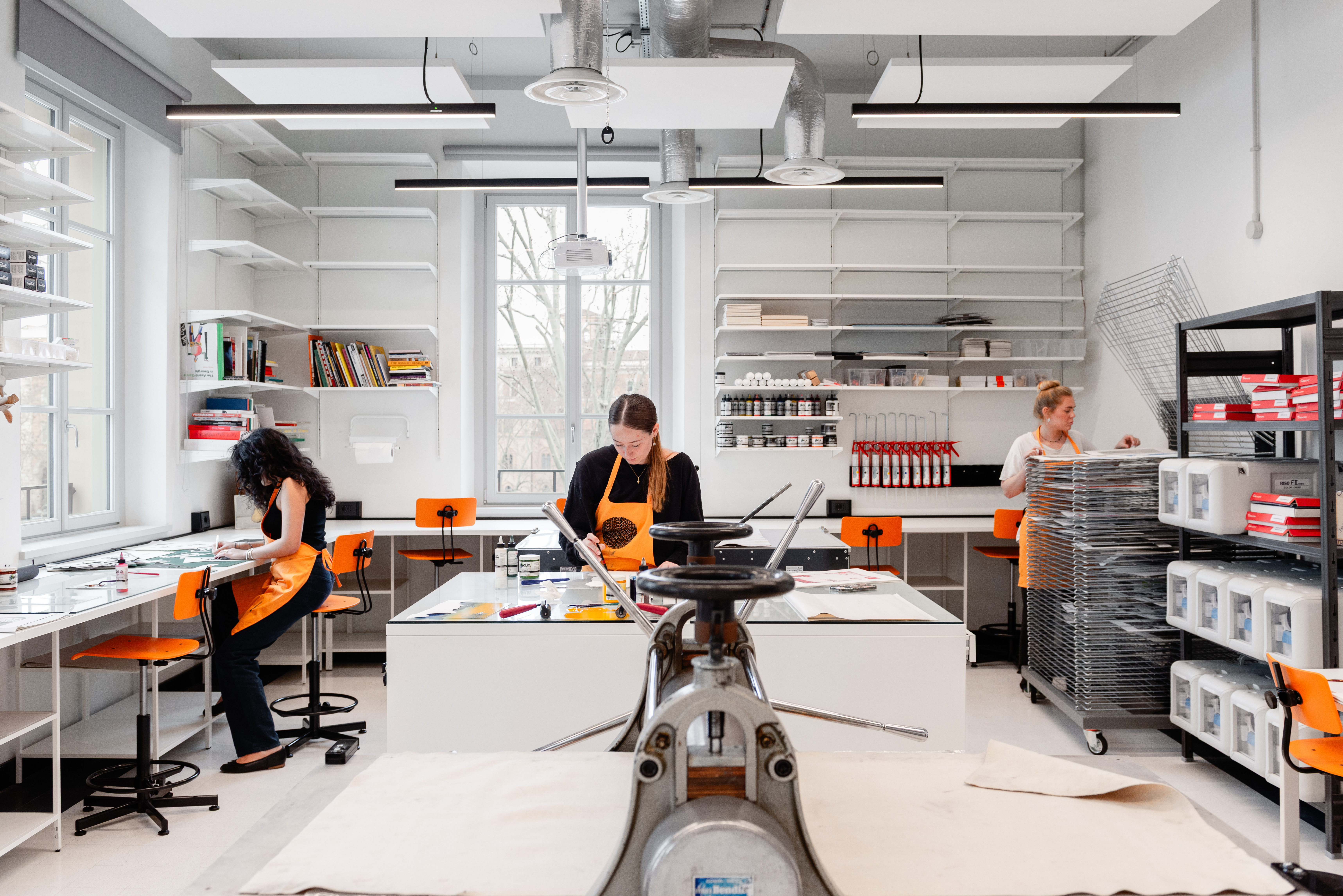
Digital Printing Facilities
John Cabot University’s Digital Printing facilities are equipped with professional printers tailored for graphic design and bookmaking, allowing students to produce high-quality prints for a variety of projects. These facilities include large-format printers, a plotter, and a riso printing machine with 12 colors and various finishing techniques. In addition to printing, the facilities also feature a comprehensive range of finishing and binding equipment for book production, allowing students to experiment with different binding methods and finishes.
Textiles Studio
The Textiles Studio offers facilities for both traditional screen printing and digital sublimation printing, enabling students to create high-quality printed textiles on various fabrics. The studio is also equipped with digital embroidery machines, knitting machines, sewing machines, and felting machines, as well as tools like a fabric steamer, printing tables, and a dedicated dye lab for experimenting with color and fabric finishes. These resources provide students with the opportunity to combine traditional craftsmanship with innovative digital techniques in textile design.
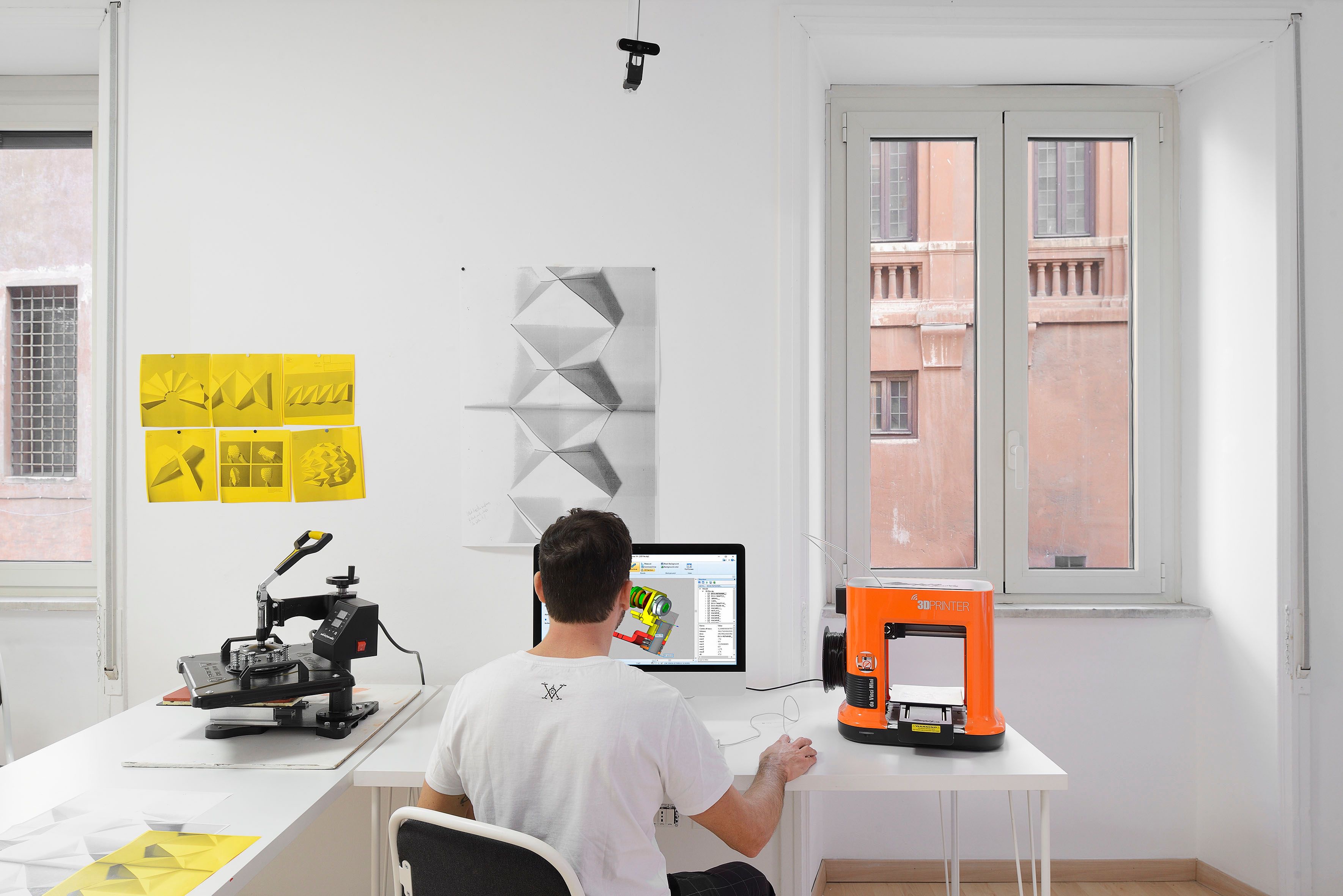
3D Model Making Facilities
John Cabot University also offers 3D model-making facilities, including 3D printers, a laser cutter, and a vacuum-forming machine. These tools allow students to bring their designs to life, whether creating detailed models, prototypes, or intricate shapes for various artistic or design projects. The 3D facilities provide a comprehensive space for students to experiment with both digital and physical fabrication methods, enhancing their creative exploration and technical skills.
Fiorentini Art Studios (Advanced Studios)
The Fiorentini Art Studios provide dedicated spaces for advanced independent and collaborative work. These studios are designed to support ambitious projects, offering students the flexibility to pursue their artistic vision. Equipped with a variety of tools and materials, the spaces cater to both solo and group work, fostering creative exploration and experimentation.



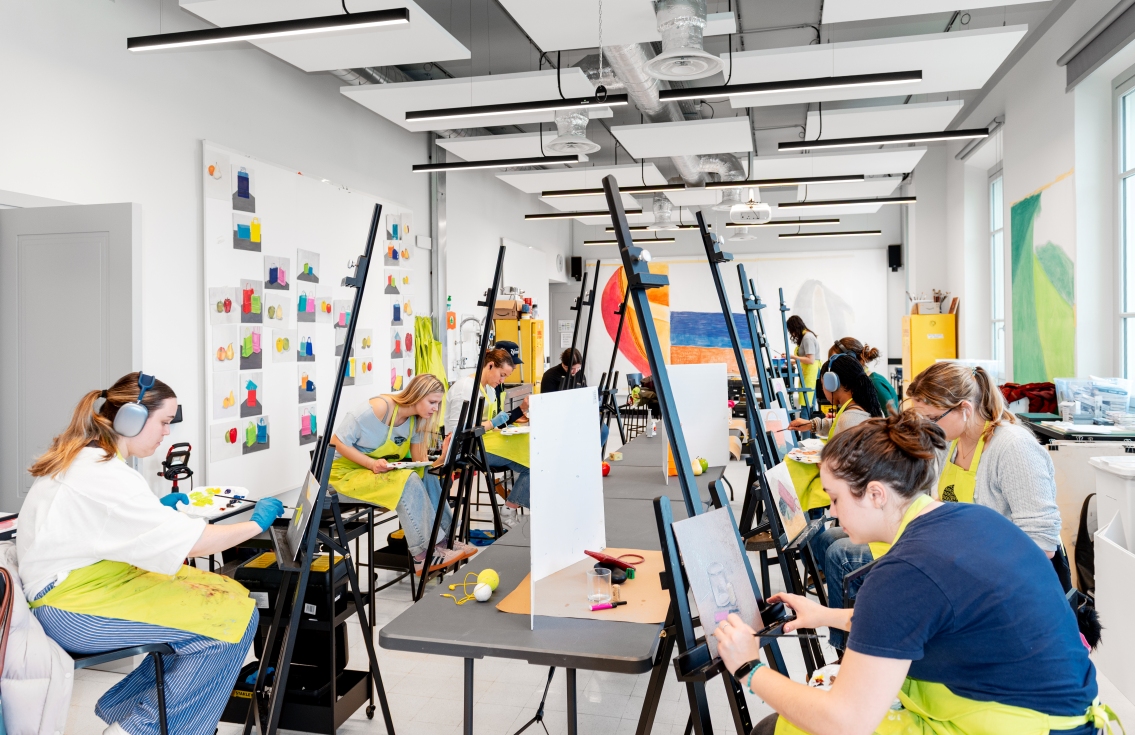
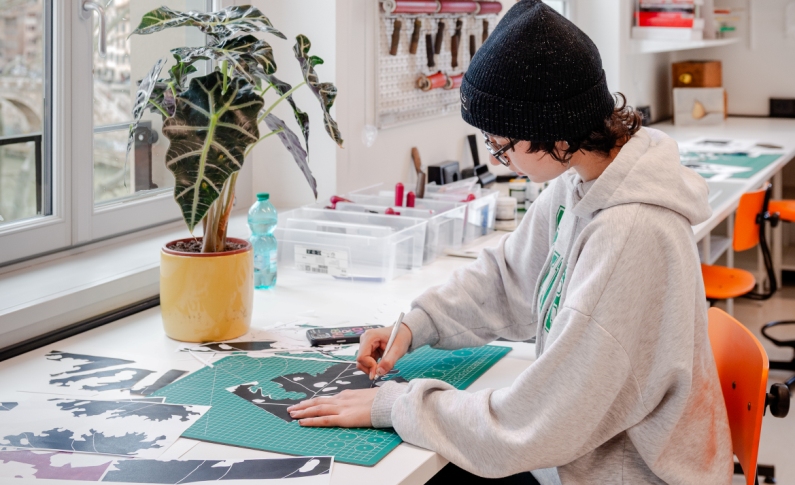
 Photography Studio and Darkroom
Photography Studio and Darkroom

